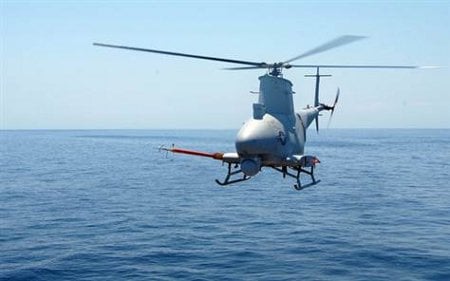Bees, as Mother Nature gave them a very small brain, have to place a great deal of trust in their visual abilities in order to survive and get oriented in ever-changing environments. To better understand how these little insects’ sight works, and how it affects their lives, a group of scientists from the German University of Bielefeld has created an artificial eye, which in its creators’ hoes might reveal the secret behind their orientation and processing of flight information.
The final aim is to use the acquired knowledge, applying it to technologies such as miniature planes (MAV, Micro Aerial Vehicles) whose potential can be greatly improved. The artificial bee eye is made up by the combination of a lens and a mirror, teamed up to form some sort of dome which reflects images towards the inside, where a single video camera is placed, which is so able to gather these images with a 280 degree visual angle.
Those images are then digitally merged in order to obtain a perfect focus even with such a wide viewing angle. Any attempts tried before had not been able to achieve such results under the point of view of image accuracy and detail, and such a result could only be achieved by using two cameras, which would have been too heavy on a MAV.
Of course, everything is still being improved and fine-tuned, for example studying the possibility of displaying ultraviolet light, which bees can see naturally and which would make the whole system even closer to the insects’ eye, hoping that it finally leads to a better understanding of how their eyes process images and send the relevant neural stimulations to the brain.
